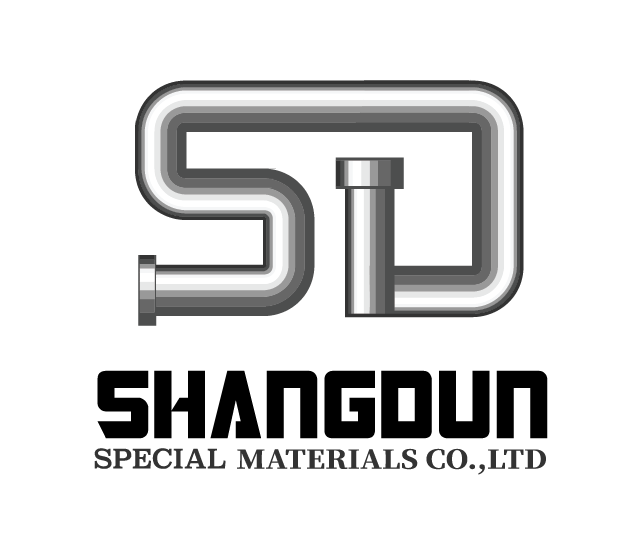The 800 series alloy is a nickel-chromium-iron corrosion-resistant alloy developed by Inco-corporation of the United States in 1949. The early alloy grade was Incoloy800. Incoloy800H referred to as 800H is developed on the basis of Incoloy800 alloy, which is equivalent to the high carbon type NS112 of China’s corrosion resistant alloy Ni32Cr20. The alloy has good high temperature mechanical properties, high creep rupture strength, excellent oxidation resistance and corrosion resistance, and maintains a stable austenitic structure when exposed to high temperatures for a long time, and has excellent long-lasting properties. Therefore, it is widely used in the manufacture of catalytic tubes, convection tubes, quench tubes and cracking tubes in the petrochemical industry, radiant tubes, casings, distillation pots in metallurgical industrial furnaces, and high temperature heat exchangers and their accessories in air-cooled nuclear reactors.
800H material is a nickel-iron-chromium corrosion-resistant alloy containing Fe46.0%, Ni30% ~ 35 0%, Cr19%~23%, C not more than 0, 1%, and a small amount of Mn , Si, Cu, Al, Ti and other alloying elements. Since Ni is not less than 30% and (Fe + Ni1) is not less than 60% in the alloy, it is also generally referred to as an iron-nickel-based corrosion-resistant alloy. The alloy still has high strength in high temperature environment, and has excellent oxidation resistance and carburization resistance. Figure 5-30 shows the tensile strength, elongation and yield strength of the alloy as a function of temperature.
800H alloy has strong corrosion resistance to oxidizing and non-oxidizing acid, alkali, fatty acid and water. It can maintain the stability of its structure in a long time and high temperature environment, and has strong antioxidant capacity. The oxidation resistance is mainly attributed to the high chromium content in the alloy. This is because chromium forms a dense chrome oxide film on the metal surface. Alloying elements such as silicon and aluminum also contribute to the formation of a strong oxide layer.
For loading conditions in high temperature environments, material constants such as elastic modulus, loading conditions in high temperature environments, material constants such as elastic modulus, temperature rise, temperature reduction, or high temperature during loading, heating, or high temperature applications Poisson’s ratio, coefficient of linear expansion, etc. will change. The total strain at this time consists of elastic strain, creep strain and temperature difference strain. If there is a crack in the member, a high concentration of stress will occur at the crack tip, and the damage of the member will be significantly accelerated. Therefore, it is necessary to strictly control the generation of cracks in the construction process. Judging strength is one of the essential characteristics of high temperature materials. Since the 800H alloy has a high nickel content and a good thermal stability of the structure, the creep strength is higher than that of the austenitic stainless steel at a high temperature of 650 ° C or higher. Type 1828 austenitic stainless steel can be used at no load below 900 °C, while the maximum service temperature of 8009 alloy can reach 900 °C under load.
Leave Your Message
Post time: Oct-06-2018




